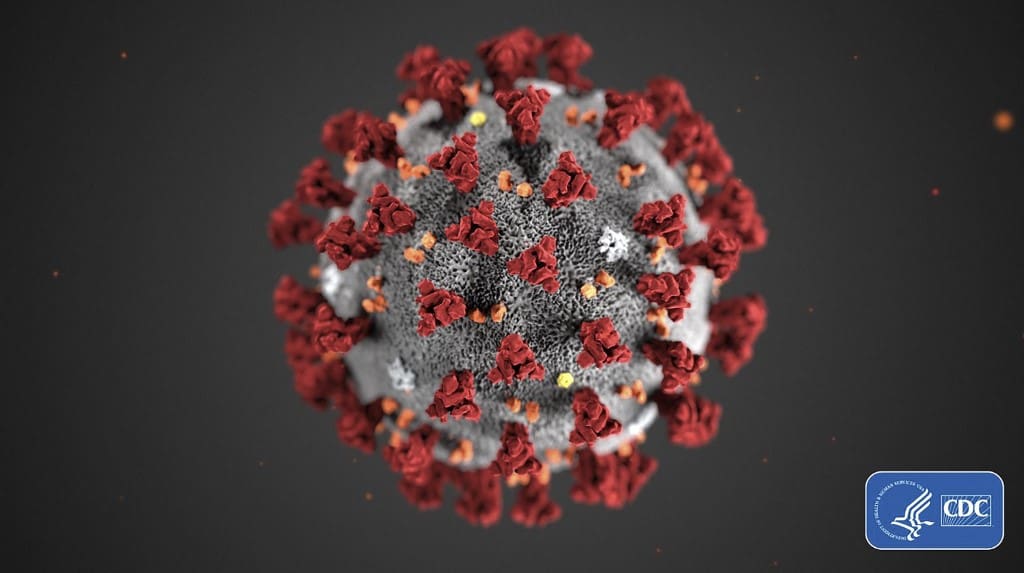The coronavirus pandemic “shows no signs of a slowdown” in the Americas, where the majority of deaths are concentrated in Brazil, Mexico and the United States, the director of the Pan American Health Organization (PAHO) warned Tuesday.
“The COVID-19 pandemic is showing no signs of slowing down in our region,” Carissa Etienne, director of the PAHO, warned at a virtual news conference from Washington.
Etienne indicated that as of July 20 there were 311,000 deaths in the Americas and that last week the region reached the level of 900,000 new cases with 22,000 deaths, mostly in Brazil, Mexico and the United States.
The PAHO director, however, highlighted the situation in Canada, which managed to flatten the contagion curve while in the rest of North America cases continue to rise.
Etienne also noted that last week, most Mesoamerican countries reported the largest weekly increase in cases since the start of the pandemic.
The head of PAHO highlighted that infections continue to multiply in the Amazon area, with an increase in cases in Bolivia, Ecuador, Colombia and Peru.
Nearly a third have risk factors
Etienne warned that three out of 10 people in the region — equivalent to 325 million people — have a weighted risk of developing a serious form of COVID-19 due to underlying conditions.
In the case of North America, the proportion is even higher, reaching one in three, according to the official.
The organization carried out these calculations with the help of the Faculty of Hygiene and Tropical Medicine at the University of London, thus developing a data model to estimate the prevalence of risk factors.
With regard to Nicaragua, Ciro Urgarte, PAHO director of Health Emergencies, indicated that he has not received detailed information from the Managua authorities.
“The lack of adequate information does not allow PAHO to make an adequate evaluation of the situation in Nicaragua,” the expert said.
On the other hand, the official stressed that in the middle of winter in the Southern Cone, the countries of Chile, Argentina and Uruguay have made important progress in monitoring seasonal influenza.
“There has been a very low circulation of influenza reported in those countries, suggesting that hand hygiene and social distancing may also contribute to the reduction of other respiratory viruses,” Urgarte said.






